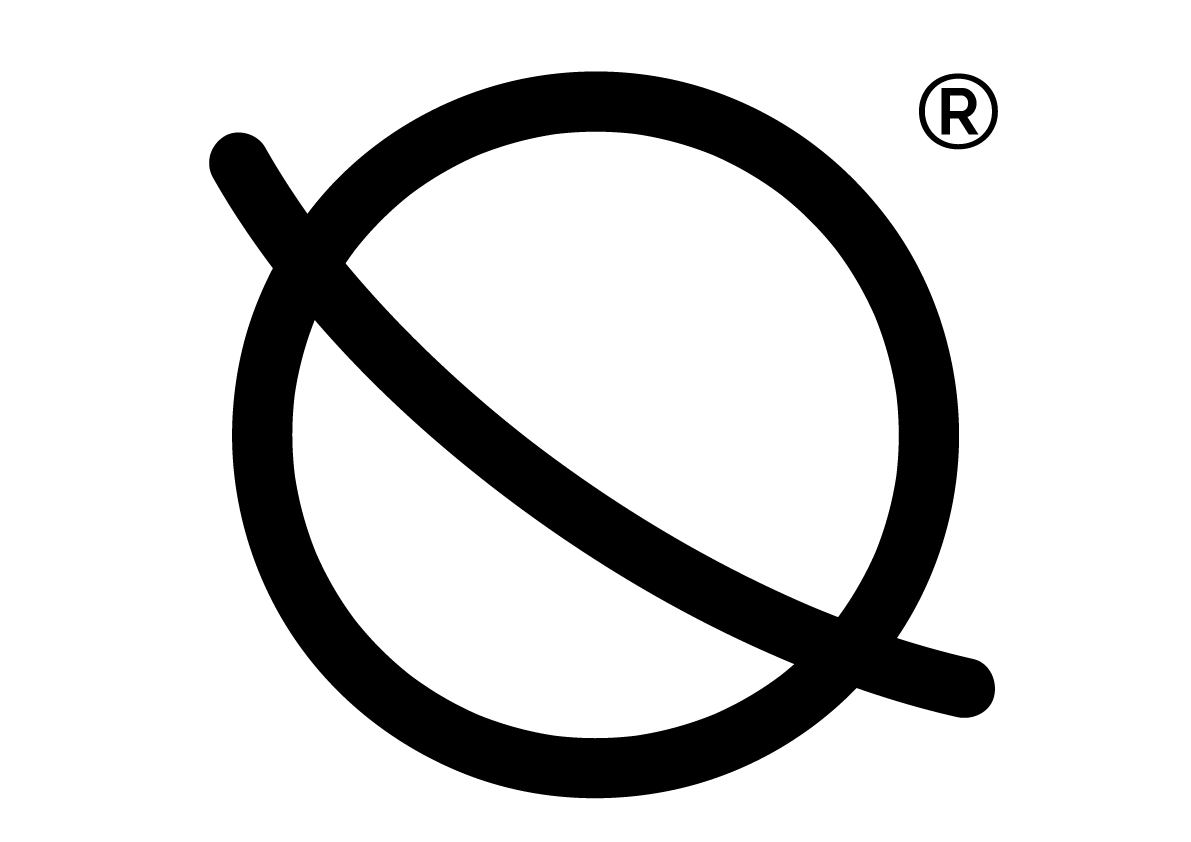How to change your life and relax with deep breathing
Breathing is something we do subconsciously, every minute of every day, throughout your entire life. You probably don't even give it a second thought most of the time. However, training and practicing breathwork can have profound effects on the body and the mind.
One form of breathing that has recently gained a lot of attention is the Wim Hof method. Making headlines for the apparent super-power abilities it bestows on the 'breather', it has allowed people to sit in ice baths for hours, climb Everest and Kilimanjaro in just a pair of shorts and run marathons in the desert without water!
While we're not advocating trying any of those feats, deep breathing can have a profound effect on your everyday life:
Improves mental health: it helps increase mental resilience helping you deal better with stress. It can also help increase focus, concentration and willpower while improving your mood;
Increases sports performance: breath work is interlinked with muscle performance and has been shown to allow the user to train harder and longer and recover faster;
More energy: users report more energy and less sluggishness in their day-to-day lives;
Improved sleep: the improved focus, energy levels and reduced stress are said to all contribute to improved quality of sleep;
Others: there are many other reported benefits including improved willpower, dealing with depression, helping arthritis and asthma and boosting creativity.
Sounds great, so what is it?
Breath work is practice of controlling your breath and the intake of oxygen to harness the benefits that this has on your body. They are conscious exercises that look for specific reactions and results.
The Wim Hof method for example, was originally developed by the Dutch 'Iceman' Wim Hof, who began experimenting with different breathing techniques. The method is fairly simple as follows:
Controlled fast and deep breathing;
Emptying the lungs and holding;
Breathe fully in and hold.
Getting started, let’s try out the Wim Hof technique
Pre-flight checks
Firstly a couple of safety points:
As with all forms of breathing or exercise, you should check with your doctor before beginning this technique;
Sometimes people may faint whilst practicing this technique, it is best to do it alongside a qualified practitioner until you are confident;
Always perform this technique sitting down or lying, never standing up;
Never do the Wim Hof while in water or while driving;
The cycle
1- Deep breathing: Take a deep breath in, fully filling the lungs; breathe out only passively, letting the air naturally exit the lungs due to the pressure in the chest. Before the lungs have fully exhaled, breathe again. All breathing should be through the mouth and you should be breathing deep into the belly. Do 30-40 repetitions of this breathing. It is a form of hyperventilation so you may feel tingling or itchy sensations or light-headedness;
2- Fully exhale and hold: after the final breathe in, let all of the air out of the lungs fully so they are empty and hold for as long as possible. After some practice, it will be quite easy to hold this for 3 minutes+. This holding period can be a good time to clear the mind of all thoughts.
3- Breathe and hold: when the urge to breathe is too great, breathe in fully and hold for 10-15 seconds.
4- Repeat: repeat the cycle 3-4 times and at the end of the last set, meditate using your preferred form of meditation.
What's next?
There are a number of certified Wim Hof instructors around the world who often run workshops and sessions that can be a great way to build expertise and experience in the practice. They often incorporate ice baths into the training, based on an Ancient Tibetan practice called Tummo. The ice baths have a number of benefits but should only be practiced with a professional.
Read next >>>


